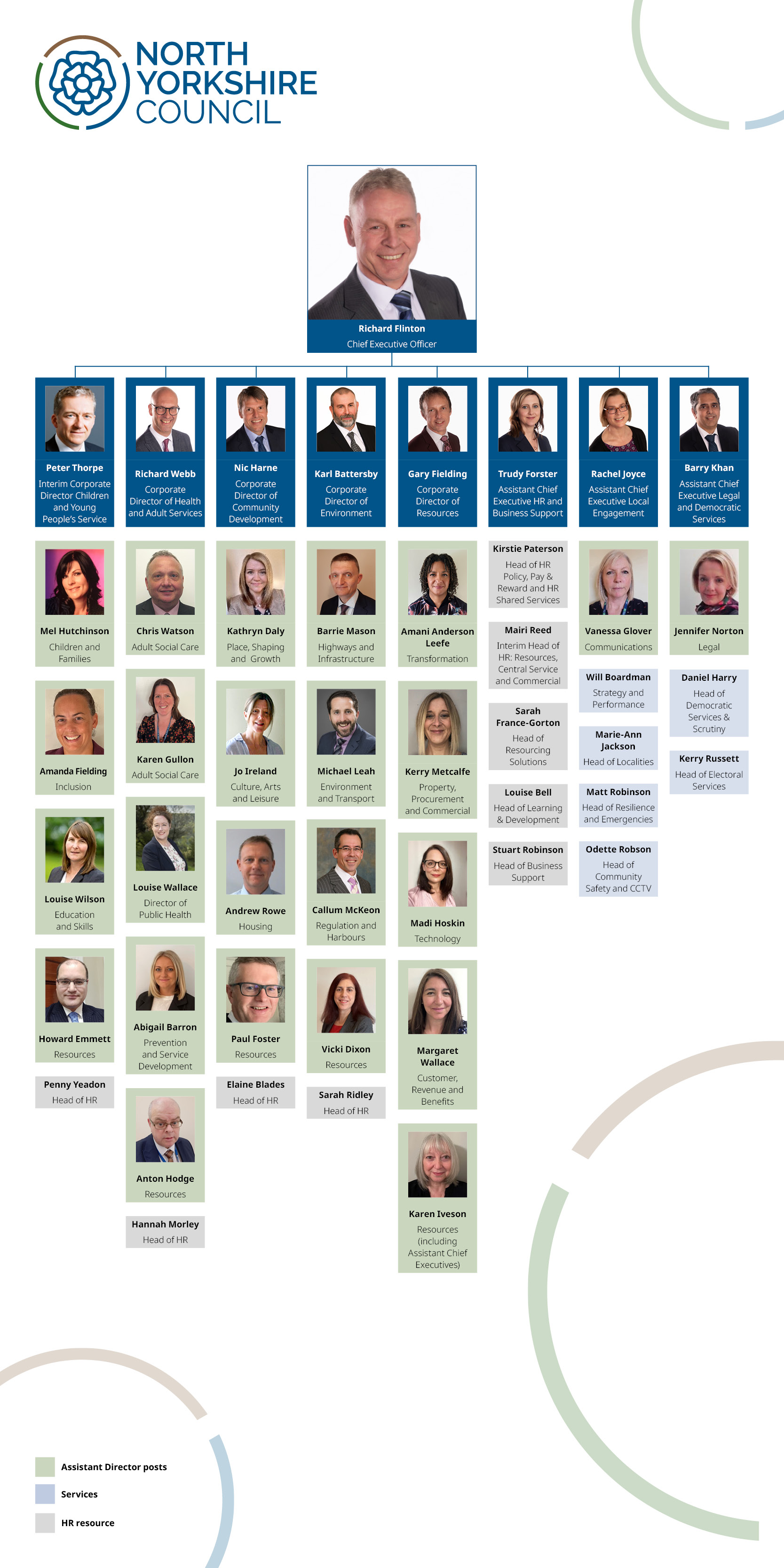Our values are at the heart of what we do and what we want to achieve.
Values
Our values are inclusive, ambitious, creative and together – I ACT. These values guide how we – with our customers, partners and others – work together to achieve the council’s ambitions.
- Inclusive – we act with kindness and integrity, respecting differences and embedding equality of opportunity.
- Ambitious – we are citizen and community focused, and adaptable in our approach to delivering excellent services as one local council.
- Creative – we are connected, inventive, continuously learning and look for improvements that deliver value for money.
- Together – we work collaboratively with colleagues and partners as one team to deliver our shared goals.
Behaviours
Our behaviours are the ways in which we demonstrate the values of our council.
Inclusive
- Be kind, compassionate and treat each other with respect.
- Be inclusive, seek the views of others and respond positively even when there are differences.
- Celebrate diversity recognising each other’s contributions.
Ambitious
- Be aspirational in our service delivery for our local communities.
- Seek opportunities to share ideas and develop our approaches across partners.
- Understand how to deliver priorities on a locality basis.
Creative
- Adapt to a changing environment by listening to others and learning from each other.
- Think differently and seek new ways to improve services.
- See feedback and shared views as opportunities to learn.
Together
- Build on and develop relationships with colleagues and partners.
- Deliver excellent customer service through partnership working.
- Be visible and accessible within the team and with others to achieve goals together.
Ambitions
Our Council Plan sets out our long-term ambitions. This includes the need to attract new businesses while developing traditional sectors such as farming and tourism, and ensuring career opportunities are available for young people in North Yorkshire. The plan sets out how we deliver services ranging from education, highways and social care to waste collection and disposal, planning and economic development.
